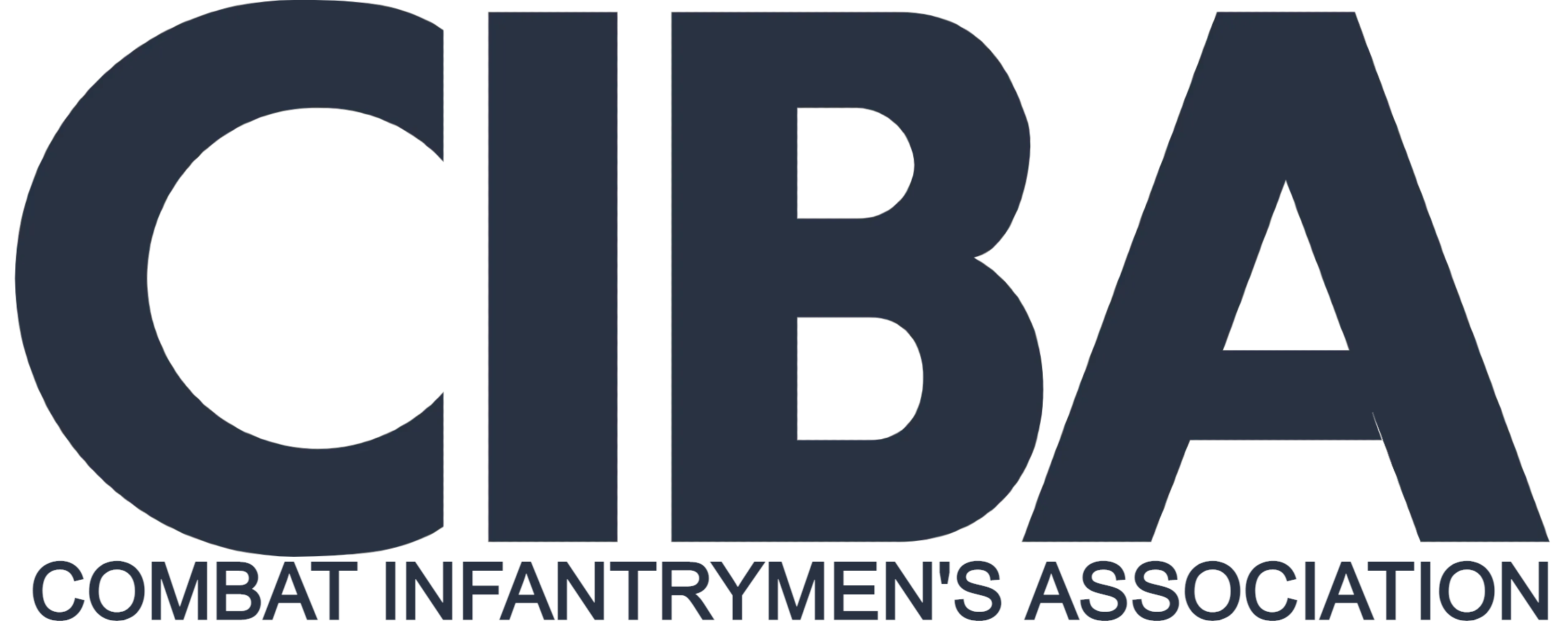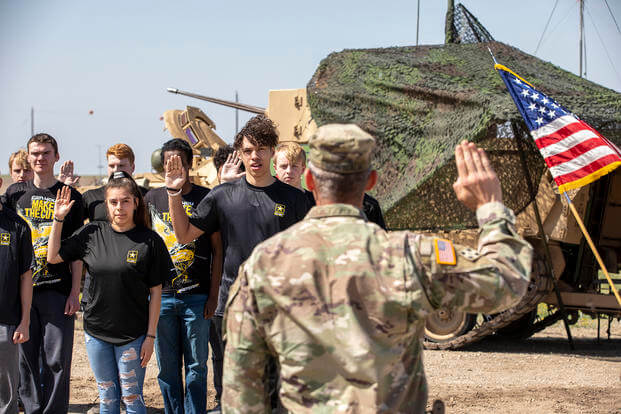The Army announced Tuesday that it is overhauling recruiting and creating a new career track for recruiters after failing for years to meet its goals for bringing young Americans into the service.
The changes, unveiled by Army Secretary Christine Wormuth in a press briefing, include a radical shift from recruiting as a temporary assignment for soldiers to recruiting as a new military occupational specialty, or MOS. The career track is expected to be rolled out as a pilot program in the coming months.
The service has been struggling to bring in recruits, especially since the COVID-19 pandemic. It just reported coming up 10,000 soldiers short of its goal of bringing in 65,000 new troops over the past fiscal year, which ended on Sunday. Last year, it missed a goal of 60,000 soldiers by 15,000.
Read Next: Army Reservist Awarded $2.5 Million for Dismissal from Texas Trooper Job over Service-Connected Disability
“It was evident we were going to have to make more transformative changes. … The job market has changed significantly over the past 20 years, but we as the Army haven’t changed very much,” Wormuth told reporters gathered for the briefing.
The service is planning a small pilot program creating an MOS listed as 42T dedicated Army recruiters, who will be called talent acquisition specialists.
The service already has the 79R recruiter MOS. Still, that assignment is usually a secondary role for non-commissioned officers who have already served years in another role and are serving as recruiters for a brief term, like drill sergeants, before being rolled back into their original job.
The current assignments are typically about three years, and by the time recruiters learn to navigate the system and get applicants enlisted — particularly how to manage hurdles at the Military Entrance Processing Station, or MEPS — they move on back to the regular Army.
Having permanent recruiters could also get the Army closer to parity with the private sector, where recruiting is a specialized field within most major companies.
The changes will also include making the commander of Army Recruiting Command, now a two-star general with a two-year tenure, into a three-star command with a four-year tenure.
Army planners are also set to create a warrant officer recruiting workforce, with a specialized officer workforce under consideration. That idea is still in its infancy, Wormuth said, and will likely take months to finalize.
The service missed its recruiting goal by 10,000 soldiers over the past year, but claims it did better than the previous year, which missed a lower goal by 15,000.
“That is a very big achievement compared to last year,” Wormuth said, underscoring the rapidly evolving landscape in attracting talent and the overwhelming realization behind the scenes the way the Army does business is outdated.
The Army pitched historically high enlistment bonuses to jobs that have become increasingly difficult to fill, particularly ground combat roles including Special Forces, medics and tankers, according to Army data reviewed by Military.com. It has also shifted to incentives beyond cash bonuses, including letting soldiers pick their first duty station.
At least some of the boost in recruiting could be attributed to the Future Soldier Preparatory Course, another attempt by the Army to bring more soldiers into the service. The course allows applicants who otherwise wouldn’t qualify — falling short on academic or body fat standards — extra time to get into compliance before basic training.
Meanwhile, the Army is rebuilding relationships with public schools. Recruiters have gotten back to pitching the service to students, after the pandemic closed down much of those efforts.
“I feel good about going into 2024. We’re seeing some positive momentum,” Maj. Gen. Johnny Davis, commander of the Army Recruiting Command, told Military.com in August. “Everyone is also competing for these young men and women. We want the very best to serve; we’re competing for them.”
Army officials are trying to strike a delicate balance by filling the ranks while not lowering standards.
Moving forward, the Army is aiming for recruits with higher education levels. According to service data, about half of new enlistees are high school seniors or recently graduated with a high school diploma.
By 2028, the Army wants one-third of new recruits to have an education beyond high school — compared to 20% of newly enlisted troops today. But it remains unclear, even with the newly announced recruiting overhaul, how the service will achieve that.
An Army specialist, the highest junior rank and the rank a college graduate would usually be given upon enlisting, makes about $30,000 per year. The average starting salary for college graduates with a bachelor’s degree is $65,000 per year, according to data from the National Center for Education Statistics.
Attitudes among potential recruits have also shifted, making the Army’s job more difficult. Studies have shown Gen Z is much more skeptical of service and fears the risk of injury or death while serving, and also not as interested in leaving their hometowns as compared to previous generations.
— Steve Beynon can be reached at Steve.Beynon@military.com. Follow him on Twitter @StevenBeynon.
Related: Once a Pilot, Army Program for Recruits Who Fall Short of Weight, Academic Standards Is Becoming Permanent
Story Continues
Please rate this CIBA article
Vote






